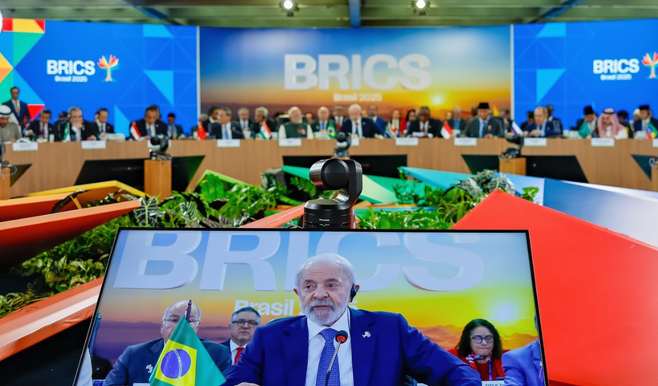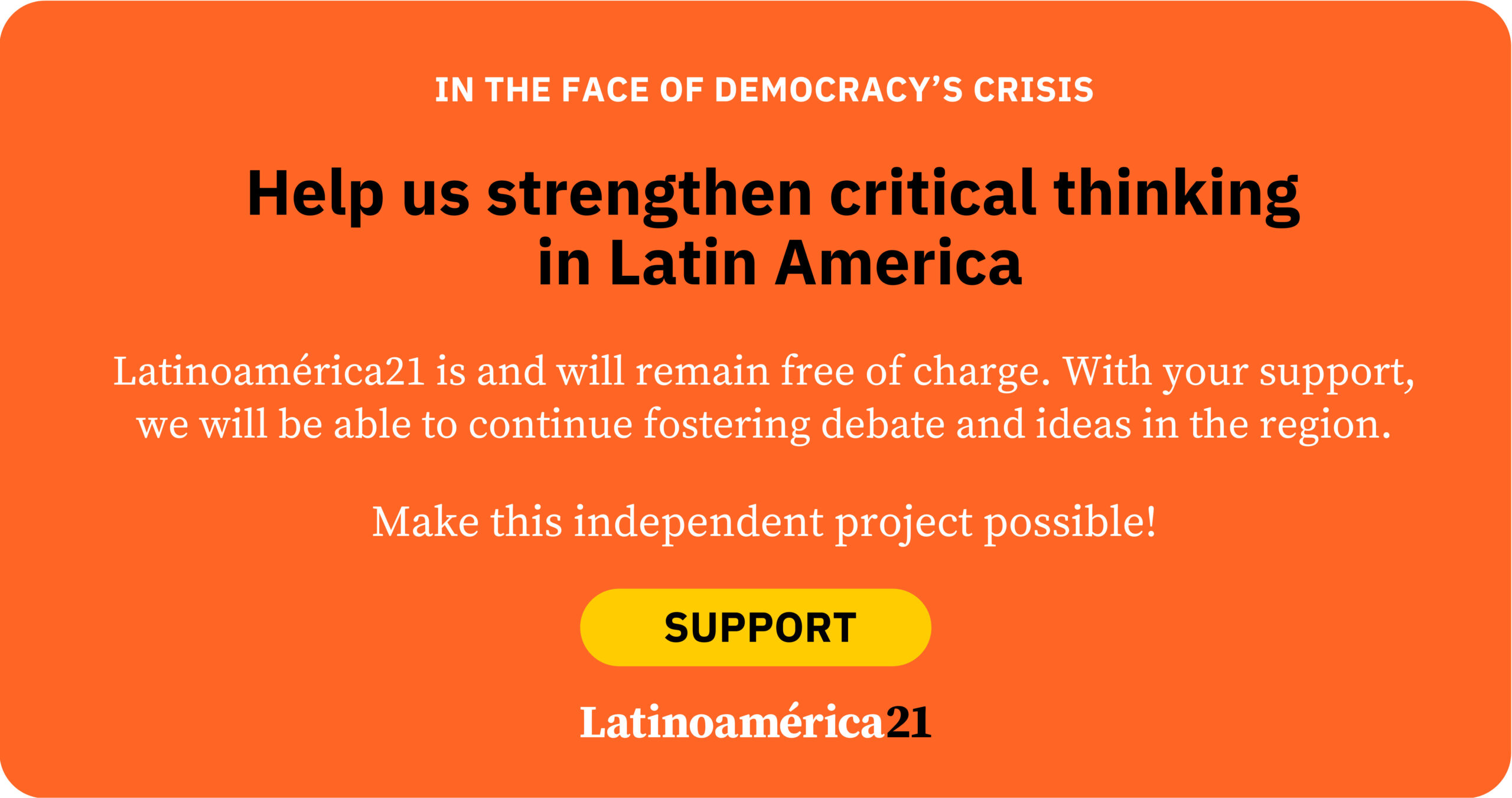Indian Prime Minister Narendra Modi was one of the first global leaders to speak with Brazilian President Lula da Silva after the United States, under President Donald Trump, unilaterally imposed steep trade tariffs (50%) at the beginning of August.
Brazil and India are founding members of BRICS, and both have launched automatic electronic payment systems which, although different in design, represent tough competition in their vast markets—212 million and 1.437 billion inhabitants, respectively—for U.S. financial service companies like Visa, MasterCard, and American Express.
In both countries, these new electronic payment systems are bringing millions of previously unbanked people into their financial systems. This made the conversation between Lula and Modi especially relevant. A tangible possibility is that BRICS members will increasingly conclude cross-agreements enabling payments without the need for dollar intermediation. In fact, India is already advancing in this direction through its participation in the Nexus Project alongside five Southeast Asian nations.
It is therefore quite plausible that Brazil’s Pix and India’s UPI will eventually operate in some coordinated fashion. Such a scenario would increase not only the complementarity of their economies, as is now happening across South and Southeast Asia, but above all their global competitiveness and, consequently, the commercial appeal of their products outside the dollar system.
The Brazilian strategy
What makes the Brazilian case particularly interesting is that its financial innovation and diversification strategy goes far beyond Pix. By giving any citizen the ability to operate directly from their own phone, Brazil wields enormous—indeed unprecedented—geopolitical potential. It is a pioneering approach in Latin America, where dependence on the dollar and its associated payment instruments remains virtually uncontested.
Brasilia’s long-term payment strategy is inspired by G20 financial inclusion guidelines and reflects a broad national consensus (Pix was launched under Bolsonaro). It complements Brazil’s balanced external trade profile.
With the exception of exports to China, which absorbs 30%, Brazil’s trade flows are almost evenly distributed across Asia, North America, South America, Europe, and, to a lesser extent, Africa. This diversification, as the Trump tariffs episode illustrates, gives Brazil a margin of maneuver that many other countries lack.
China has been Brazil’s main trading partner since 2009, and that relationship rests on solid foundations. Chief among them are swaps—high-level agreements between central banks to settle large transactions in local currencies without going through the dollar. These arrangements have worked so well that since the first swap deal between Brasilia and Beijing in 2013, they have been continuously renewed.
The problem with swaps, however, is that they are not like Pix. They guarantee large-scale operations (such as soybean or iron shipments), but the average Brazilian has no immediate use for them. For example, any Brazilian still has to use a Visa or MasterCard to shop on AliExpress, China’s Amazon equivalent—an arrangement that complicates and raises the cost of buying even the simplest products.
More de-dollarization ahead
Brazil’s geopolitical challenge, even in the age of Pix, is to bring de-dollarization closer to ordinary consumers. Two upcoming financial innovations are designed to do just that.
The first is a fintech company called Left Bank. By the end of the year, it will begin offering clients bank cards backed by UnionPay, the Chinese competitor to Visa, MasterCard, and American Express. Combined with Pix, this will further advance financial inclusion while giving Brazilians greater diversification—and therefore security.
The second is DREX, the digital version of Brazil’s currency, to be launched in 2026. Formally, it will be a Central Bank Digital Currency (CBDC), potentially interoperable in the future with equivalents like China’s yuan or India’s rupee.
CBDCs fill the gap left by swaps. They can be activated via personal phones to handle larger transactions than a simple AliExpress order—for example, buying a car or a house.
DREX could also bolster other innovative financial products. For instance, carbon credits can already be purchased in reais on São Paulo’s stock exchange (B3) since last June. The traceability of these credits increases their value. If, starting next year, such transactions can be done in DREX—with the backing of Brazil’s Central Bank—they will become even safer and more attractive, while remaining denominated in reais (digital but still reais) instead of dollars or euros.
This is further proof that what is truly at stake—whether on AliExpress or at B3—is financial sovereignty. And this sovereignty, given the immediacy and transparency involved, can now be exercised from citizens’ pockets. Brasilia has a plan, and Brazilians appear comfortable with the technological innovations it entails, as evidenced by their widespread prior adoption of cryptocurrencies.
In Brazil, pragmatism prevails. What these practices call into question is not so much the dollar as a savings currency but rather as a payment medium. In Brazil, as in India and Southeast Asia, technology is becoming a tool of autonomy, and smartphones are turning into geopolitical devices. Will these financial practices eventually spread across the rest of Latin America?
*Machine translation, proofread by Ricardo Aceves.














